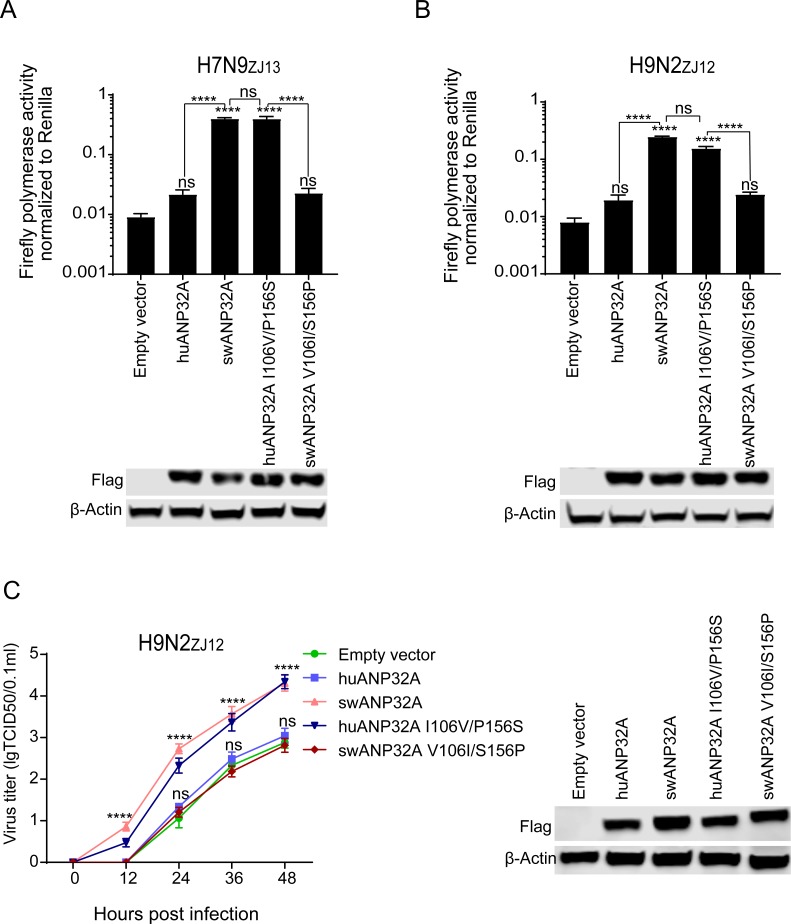Fig 8. 106V/156S sites of swANP32A are responsible for the infectivity of avian influenza virus in PK15 cells.
Plasmids (200ng) carrying ANP32A or mutants, or empty vectors were co-transfected with plasmids carrying polymerase from H7N9ZJ13 (A) or H9N2ZJ12 (B). Luciferase activity was assayed at 36 h after transfection. (Data are Firefly activity normalized to Renilla. Statistical differences between cells are labeled according to a one-way ANOVA followed by a Dunnett’s test; NS = not significant, ***P < 0.001, ****P < 0.0001). (C) PK15-AKO cells were transfected with 1μg ANP32A or mutants or empty vector. After 24 h, the cells were infected with avian influenza virus H9N2ZJ12 at an MOI of 0.1. The supernatants were collected at 0, 12, 24, 36, 48 h post infection and the virus titers in these supernatants were determined as above. The expressions of different ANP32A mutants were evaluated by Western blotting. (Statistical difference between cells were labeled, according to a one-way ANOVA followed by a Dunnett’s test; NS = not significant, ****P < 0.0001).

